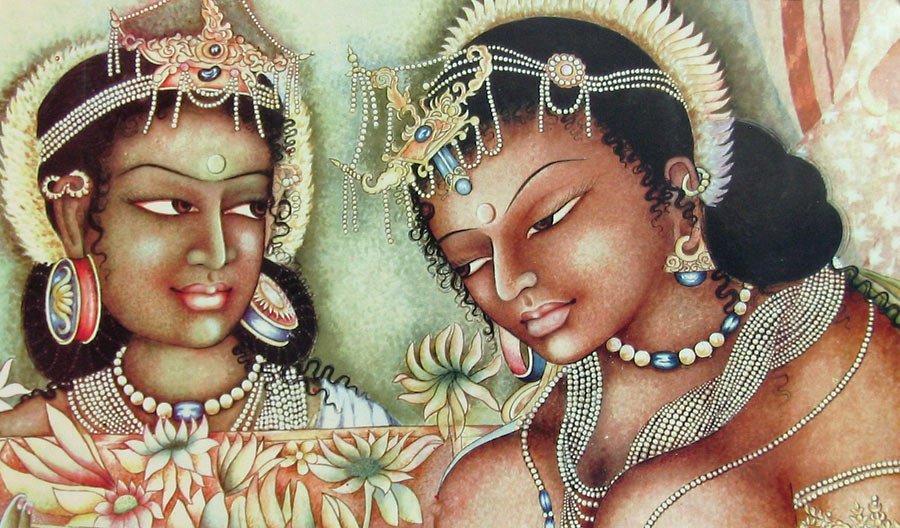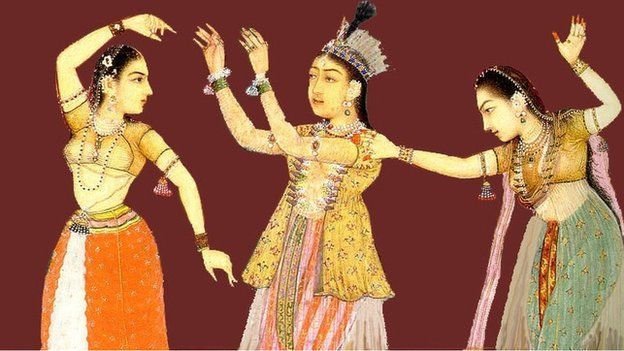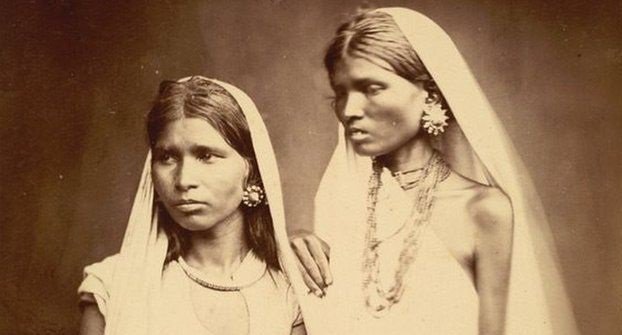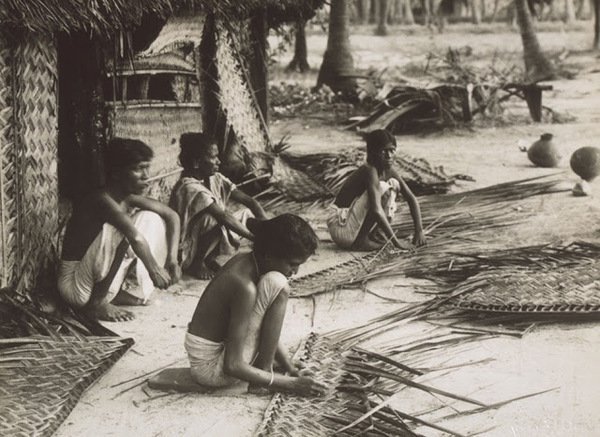You probably know about the caves of Ajanta and Ellora and that the earliest representations of women show them with minimal clothing. Also, in sculptures from the Maurya and Sunga periods (about 300 BC) – men and women wore rectangular pieces of fabric, on the lower part of the body and one on the upper part.
However, the definitions of modesty varied from time to time in different regions and communities.

It may be speculated that India’s hot climate led to several changes in women’s attire and they did what they thought was convenient for them.
Women not covering their breasts was accepted as a norm in many parts of India.
While the upper-class women had been clothed fully, other women had gone topless in public in many parts of North India including Maharashtra and the Ganges basin before the Muslim conquest of India.
The rise of Mughals in India was also responsible for certain changes in Indian women’s attire like covering the head and the breasts.
It was the influence of the Mughal empire that gave birth to garments like the salwar kameez which is virtually seen as a one of the common dresses in India today.

However, this practice continued even after the Mughal rule.
During the Victorian era, in places like Bengal, some women did not wear blouses under their saris.

Another example is that of Kerala where women covering their breasts was considered as a sign of class and only upper caste women belonging to certain clans were allowed to cover their breasts.
The majority ethnic group (Malayali) only allowed women of the Brahmin and Kshatriya castes to wear tops (only until 1858).


















